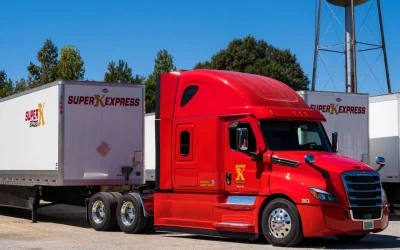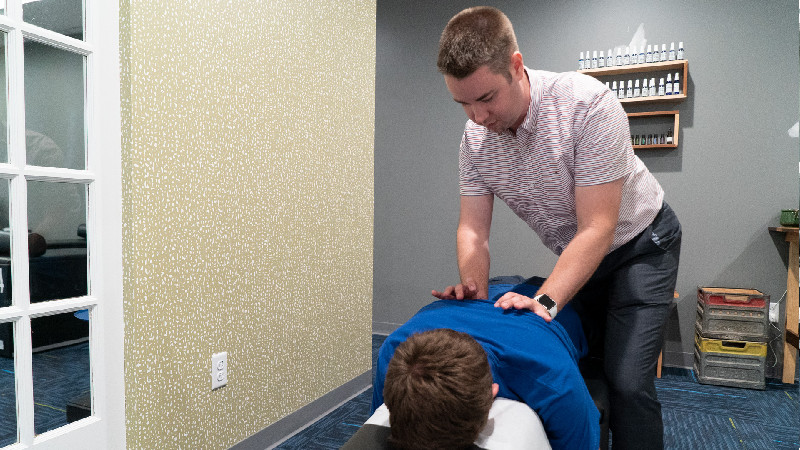A contaminant with a 60-micron diameter – the size of the smallest grain of pollen – can cause extensive damage to custom hydraulic cylinders. That is why the International Organization for Standardization only allows a mere 5-15 microns of dust in a hydraulic hose interior. IBT Industrial Solutions, a manufacturer of customized hydraulic components and systems, follows a six-step process to match this standard.
Promoting Cleanliness
First, the hose is cut to meet a customer’s specifications. The design team then uses an Ultra-Clean hose cleaner that washes the inside of the hose three times to ensure fewer microns of contamination in the hose. A company specializing in custom hydraulic cylinders crimps the hose, recalibrating itself to the correct sizing and pressure for the specific product.
Quality Testing
A tester conducts a test to make sure that assemblies meet guidelines. All assemblies are tested with a safety factor. Next, the ends of the hose are sealed and capped so that no contaminants can get in during shipping. Lastly, heat- and chemical-resistant self-vulcanizing labels, which display part number, system name, and test pressure, are applied to the hoses.
Quality Guidelines
A quality company exceeds all criteria for cleanliness and hose safety set by the National Association for Hose and Accessories Distribution (NAHAD), meeting guidelines for storage, temperature, hydraulic testing, cutting, and assembly methods. To ensure cleanliness of its products, the facility undergoes inspections of equipment, processes, and workforce each year.
Service Life
All applications should have regular maintenance programs set up. The more life threatening the application, such as the Jaws of Life, the more often the hose assemblies should be inspected and replaced. So many variables come into play that it is nearly impossible to determine the service life of a hose assembly accurately. But an assessment starts by being fully aware of all the operating parameters.
Regular Maintenance
Even if you know all the operating parameters of a system, it is difficult to give an exact answer to what is the expected service life of a hose. The importance of incorporating an adequate maintenance program cannot be overemphasized. Ideally, a maintenance program should exist not just for the hose, but for the entire hydraulic system as well.


